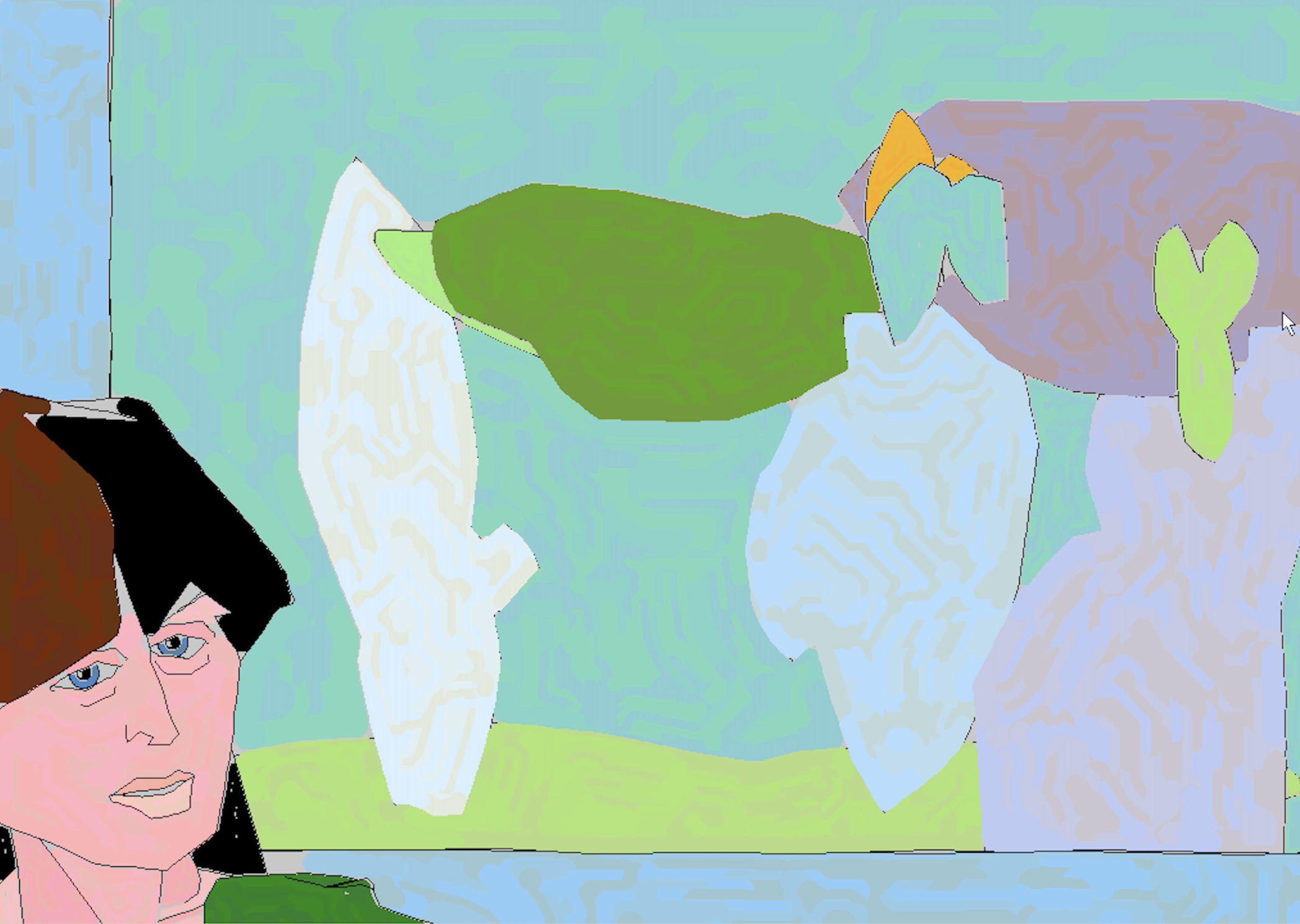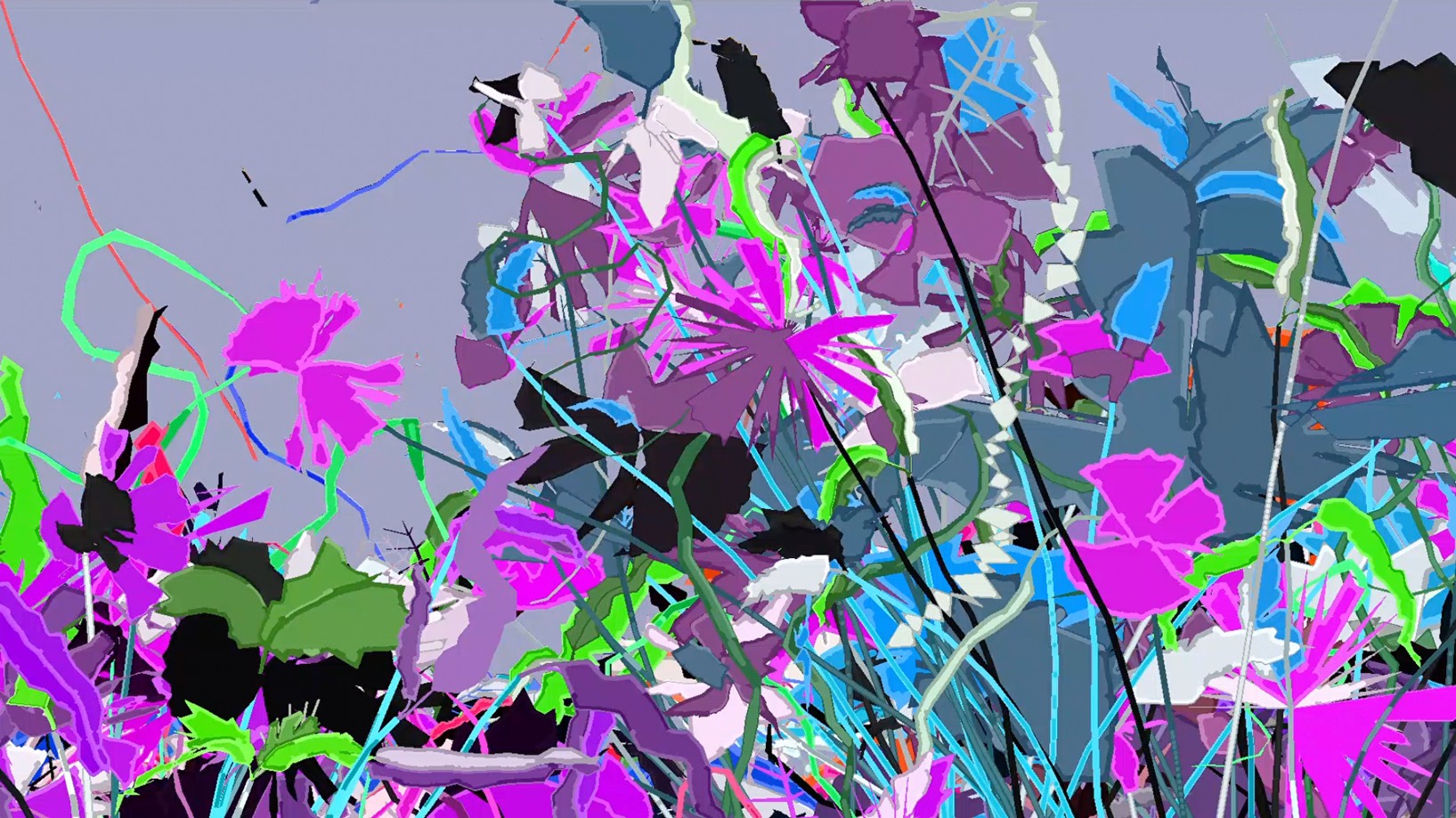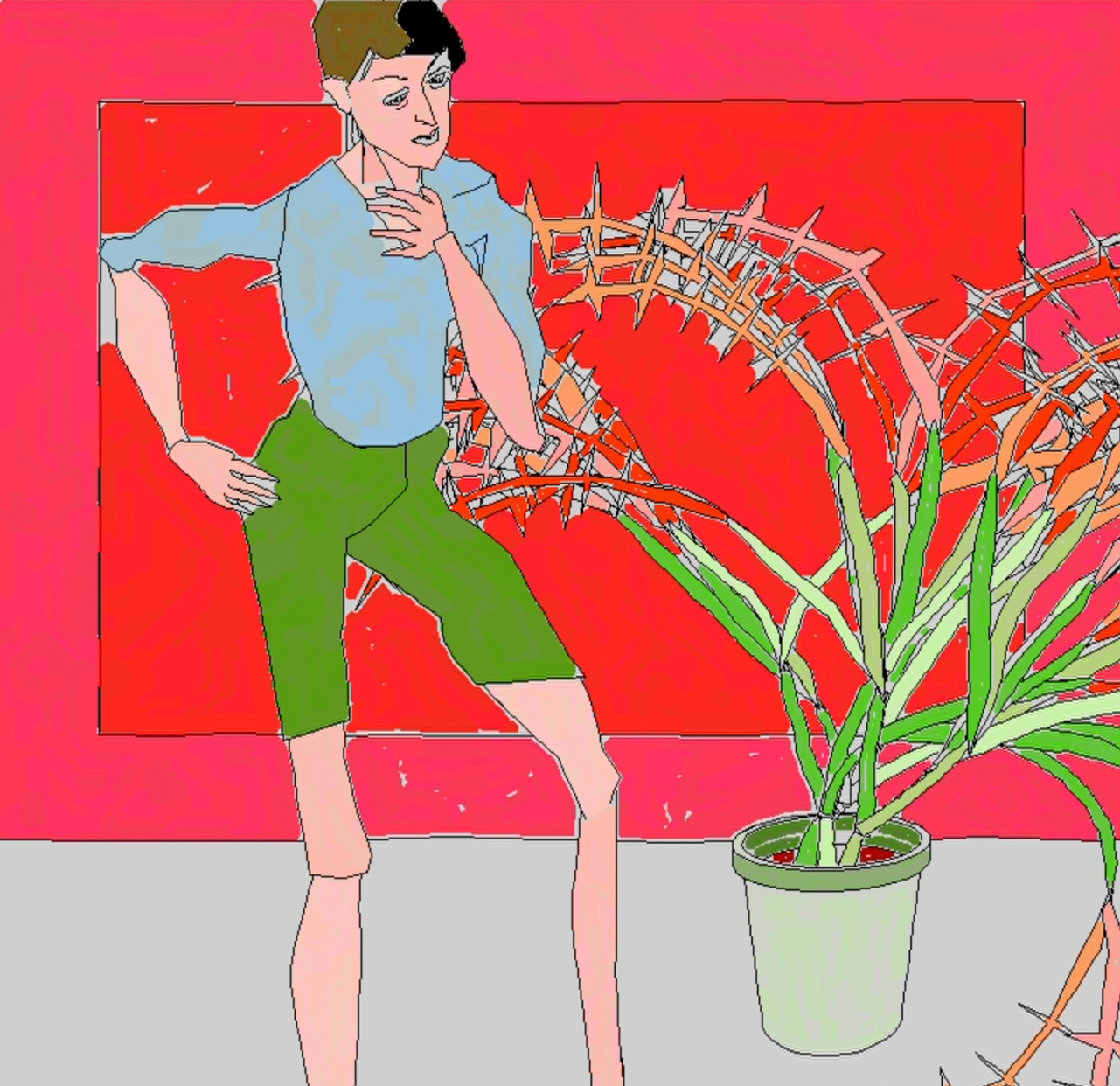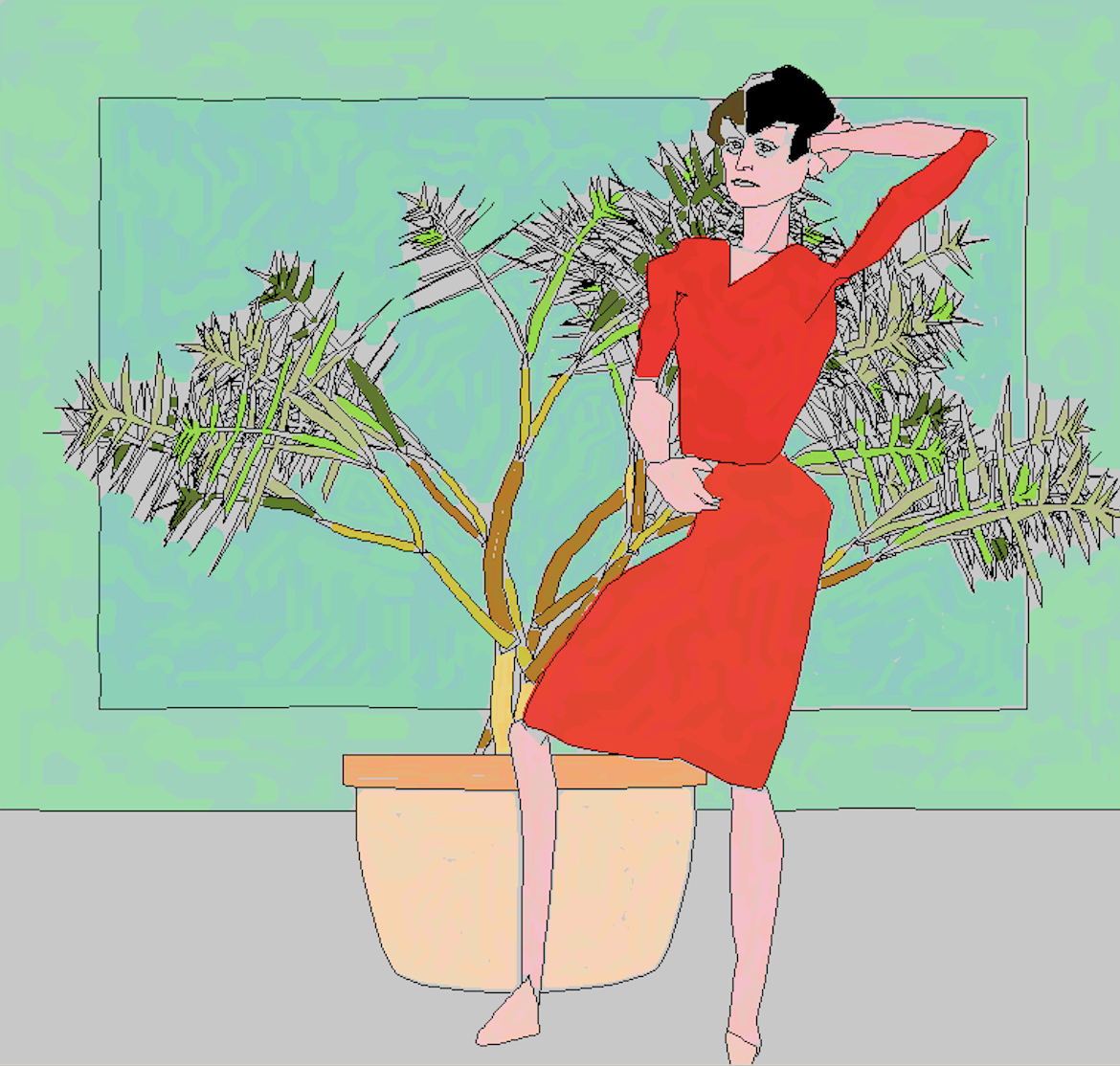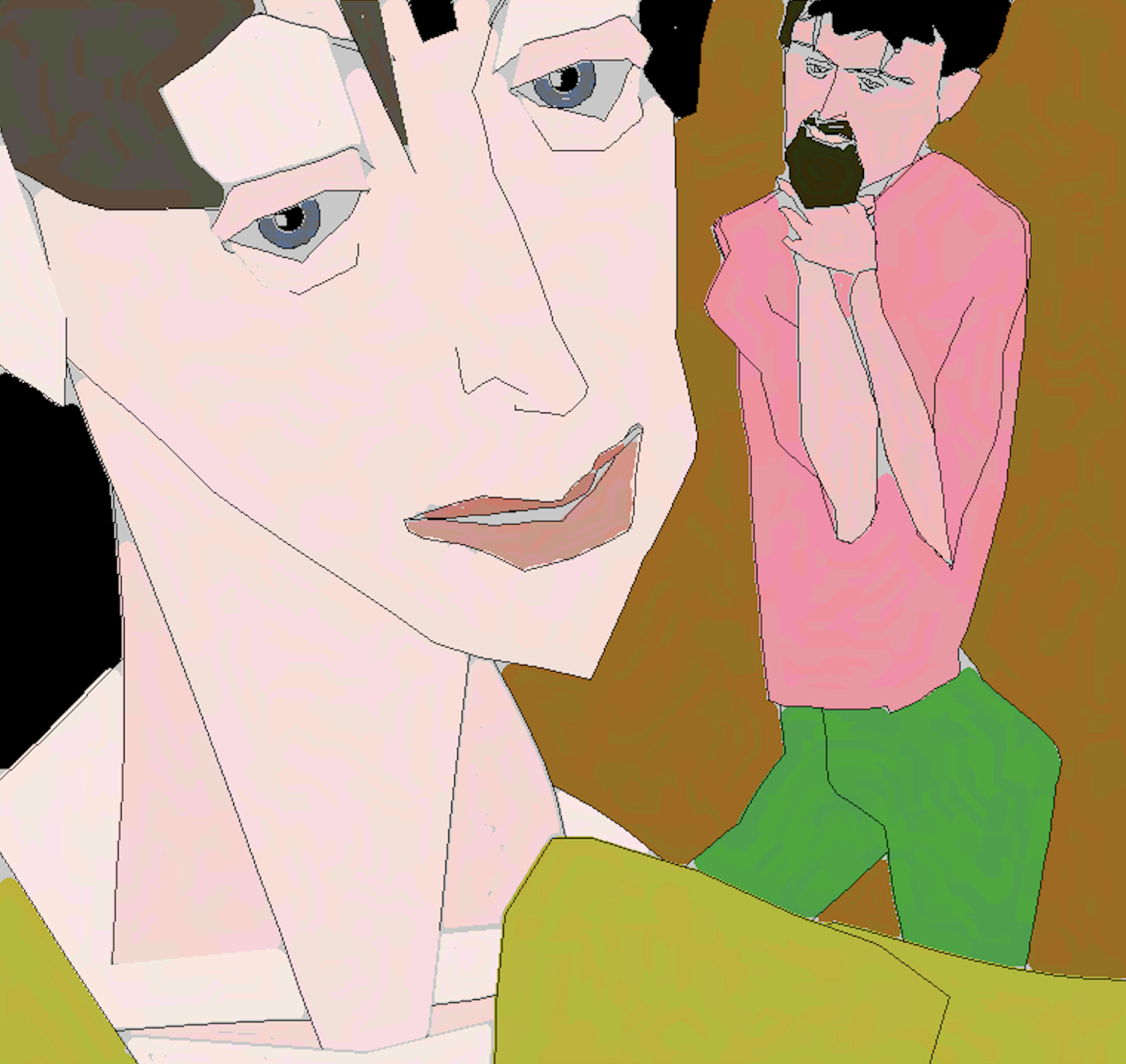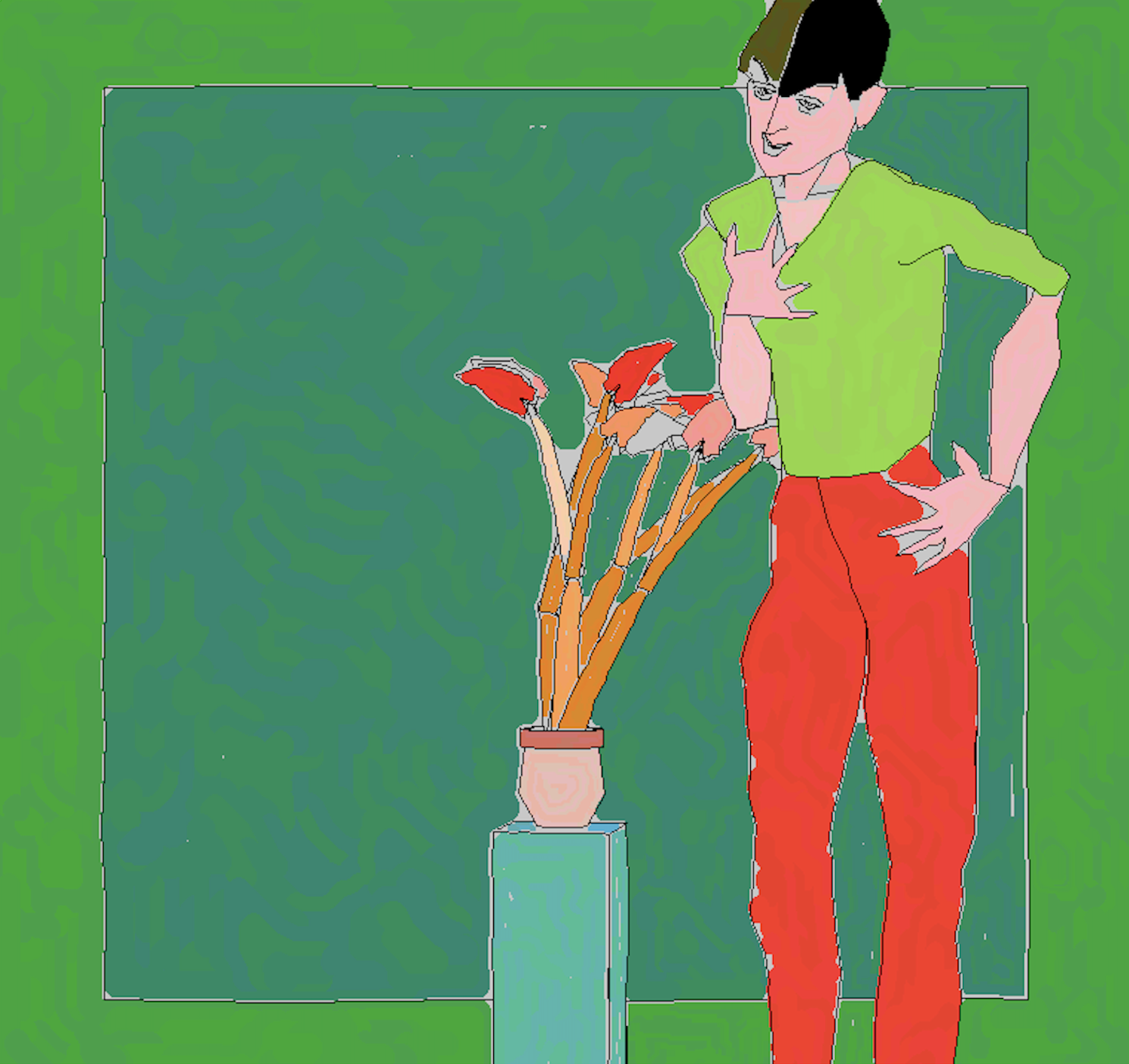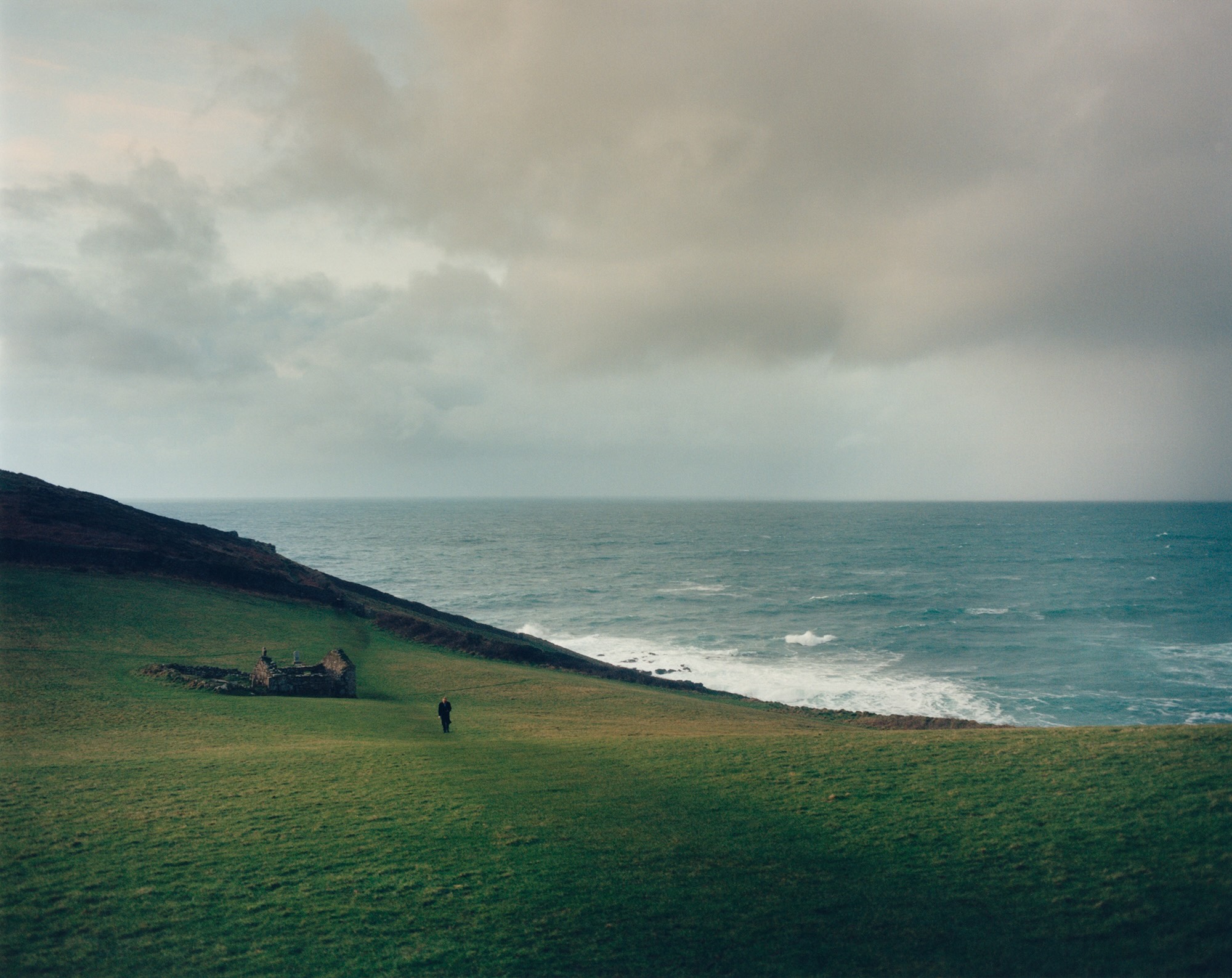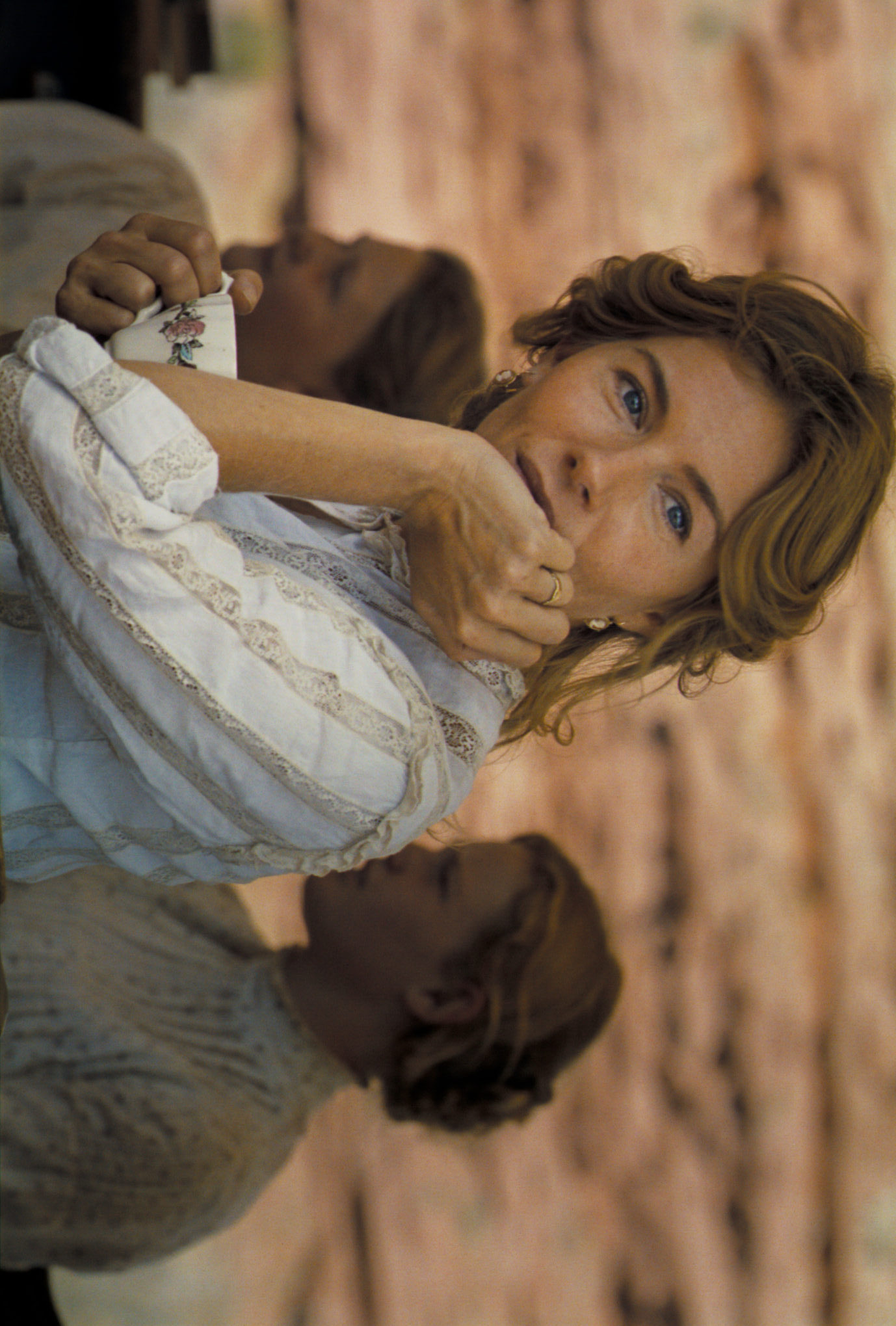Harold Cohen: AARON
Whitney Museum, New York
February 2024 – May 2024
Can the result of a reciprocal dialogue between a program and a programmer be considered art? Harold Cohen taught us that the answer is yes. Born in 1928 in London, Cohen conceived an artificial intelligence program within his artistic nucleus at the University of California in San Diego in the late 1960s. From 1973 to 1975, he continued developing the project at Stanford‘s Artificial Intelligence Laboratory, naming it AARON, inspired by the biblical character Aaron, spokesperson and mediator for Moses. In various phases of this project, Cohen drew inspiration from children’s drawing processes, which commence with the connection of shapes and lines before the complete representation of objects or people. However, a visit in 1973 to Chalfant Valley, California, further influenced his approach. The petroglyphs in Mono County provided insights to delve into studies on linguistic codes, symbols, and how they can be translated into images. Cohen aimed to transform AARON into a tool capable of exploring the nature of artistic representation, leveraging his experience as a painter and possessing concrete knowledge of key academic principles – color, line, composition, form, and dimension. For instance, he taught AARON to start drawing in the foreground before transitioning to the background and embedded many of his external world and specific object knowledge into its code, making them accessible in the software’s long-term memory. The exhibition Harold Cohen: AARON at the Whitney Museum of New York examines the evolution of the first AI-based artistic creation program, exploring its foundational phases and providing a broad historical perspective on current artificial intelligence tools.
“What makes AARON so remarkable is that Cohen tried to encode the artistic process and sensibility itself, creating an AI with knowledge of the world that tries to represent it in ever-new freehand line drawings and paintings.”
Aaron was clearly not a tool in an orthodox sense. It was closer to being a sort of assistant, but not an assistant which could learn what I wanted done by looking at what I did myself, the way any of Rubens’ assistants could see perfectly well for themselves what a Rubens painting was supposed to look like.
Fundamentally different from the processes of currently popular AI software, AARON is a procedural system that mimics human decision-making to create images. Contemporary creation tools rely on algorithms that establish associations between images and textual descriptions and, based on user inputs, generate outputs constructed from extensive datasets of pre-existing images. In contrast, AARON determines its outputs through rules and instructions to complete tasks based on the knowledge encoded in its memory. Evolving through different phases, the software’s proficiency in these knowledge areas became the criterion for measuring success in realizing the program’s drawings, which were primarily abstract in the early experimental years. AARON could only produce monochromatic line drawings initially, and Cohen manually added color to black-and-white drawings with a pen plotter, generating images on paper. As AARON‘s capabilities advanced, Cohen’s code focused on figures, often pairing them with plants or flowers in compositions. Simultaneously, the challenge lay in the blindness of the computerized system: while human cognitive systems develop by engaging with an external reality, AARON‘s cognitive system had to learn to see in the dark.
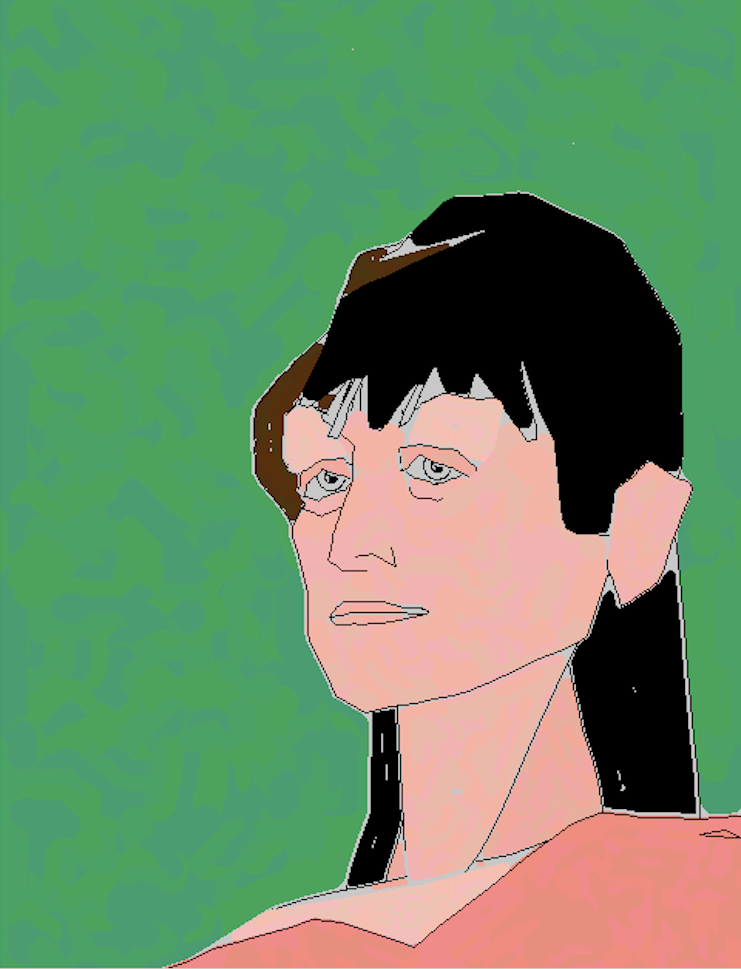
The transition of AARON from abstraction to figuration towards the end of the 1980s represented both a technical and conceptual shift, requiring the software to have a different and more tangible understanding of the external world to be able to create characters and surrounding scenes that are humanly recognizable. Cohen’s evolving code enhanced AARON‘s capabilities by adopting strategies from painters‘ processes, pushing the program to develop fundamental structures for representing humans. An example of this visible output is the painting Untitled, Bathers Series (1986), which alludes to one of the most famous works by Paul Cézanne. Featuring rocks and flowers alongside other abstracted figures that begin to vaguely approach more traditional human forms, the works of this phase actually reveal a connection with the later variations of the AARON software from the 2000s, which managed to depict various types of layered foliage and plant life: without stored descriptions regarding floral species, it succeeded in painting multiple specimens of plants based solely on rules regarding their dimensions, branching levels, and leaf formation processes. In the 1990s, Cohen finally managed to teach AARON to apply colors autonomously. After stating, AARON drew so much better than [I] did, Cohen definitively abandoned his individual practice.
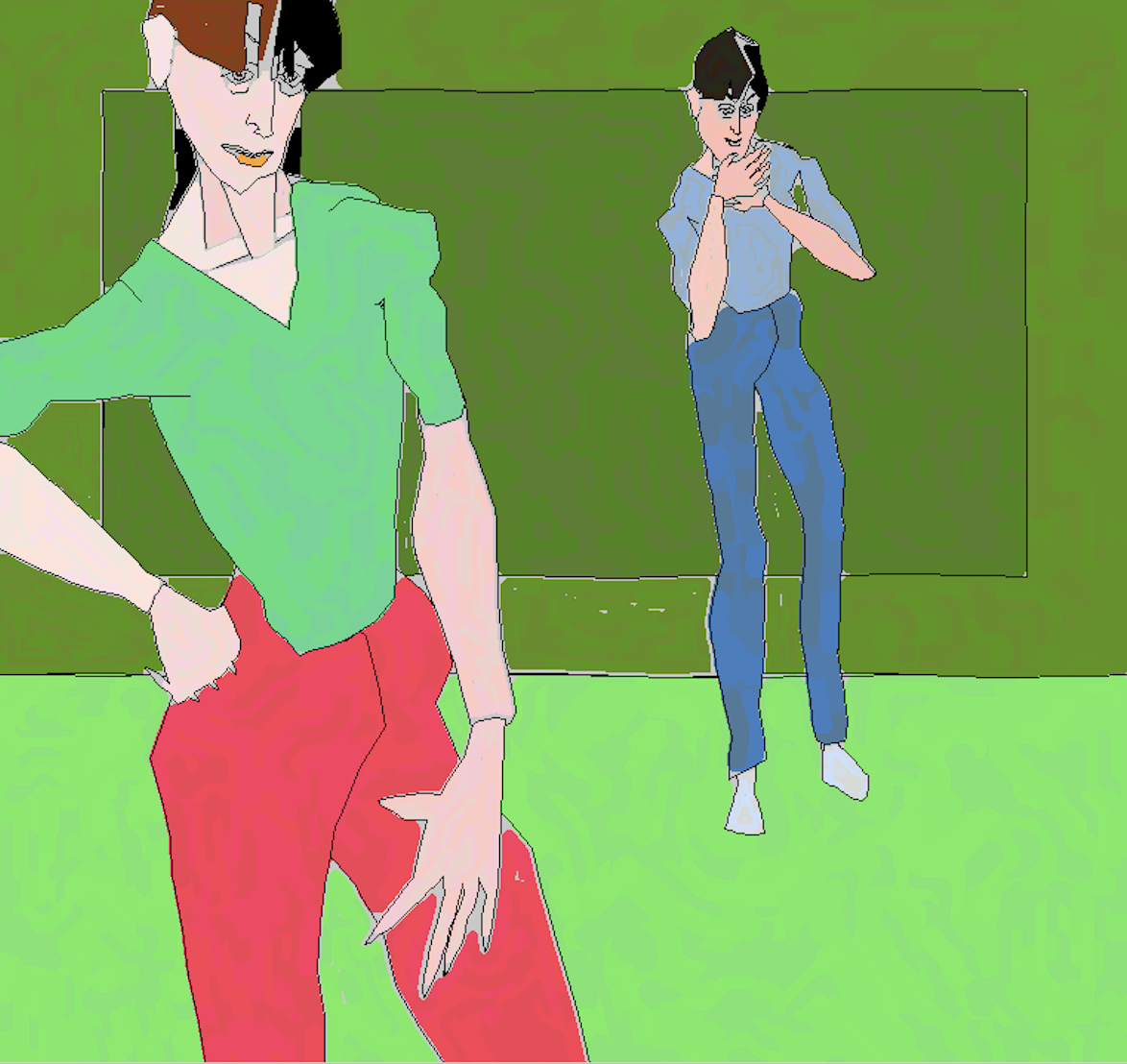
“We are in the process of coming to terms with the fact that intelligence no longer means, uniquely, human intelligence”.
